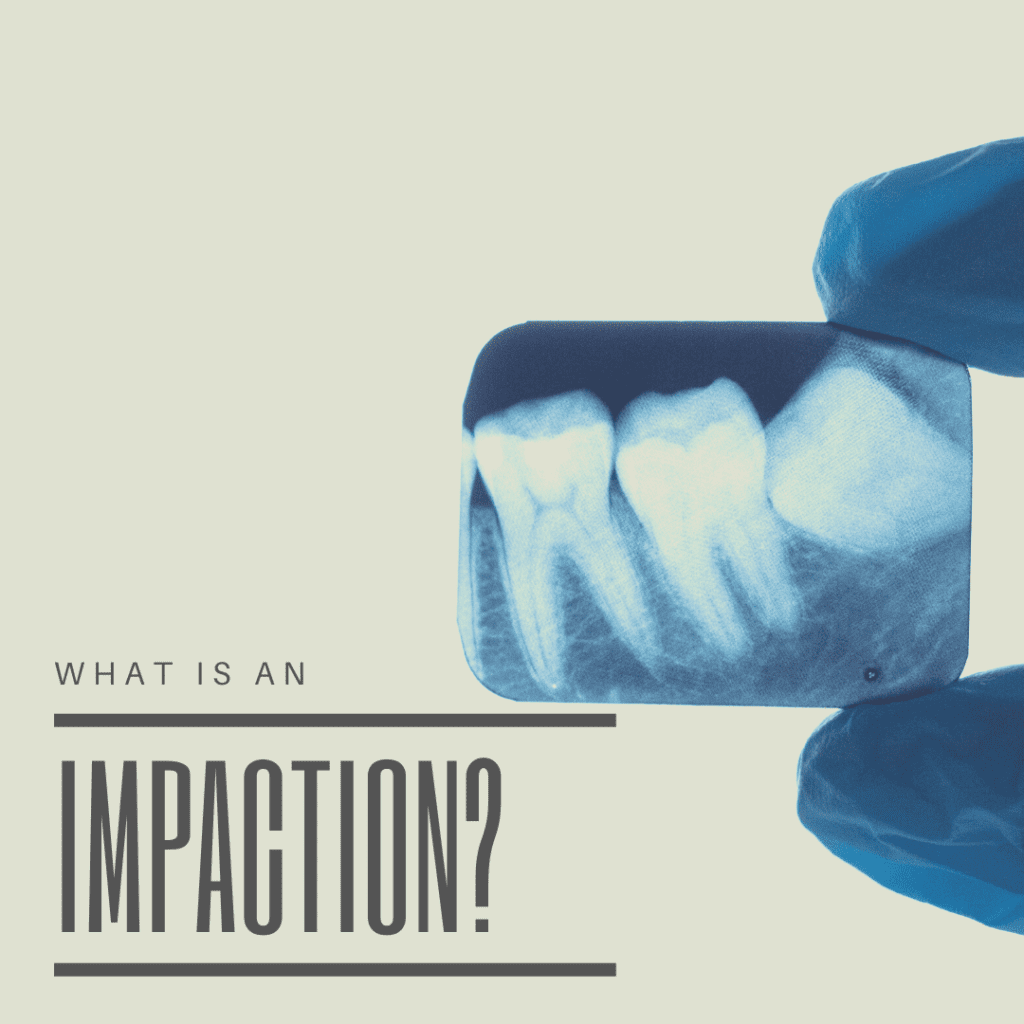Impacted wisdom teeth are a common dental condition in which wisdom teeth are unable to erupt due to lack of space in the mouth. When this happens, wisdom teeth can get partially or completely stuck below the gums and/or in the jawbone. They can cause pain, infection, and other problems for people. In this blog post, we will discuss what wisdom teeth are, how wisdom tooth impaction occurs, and the different types of impactions. We will also cover how to treat impacted wisdom teeth.
What are wisdom teeth?
Wisdom teeth are the last set of molars to erupt in your mouth. They typically appear when you’re between 17 and 25 years old, but wisdom teeth can sometimes start coming through as early as 16 or up until age 30. Some people may have all four wisdom teeth erupt with no problems, and others may not even have any. However, it is very common for wisdom teeth to be partially or completely compacted.
What causes wisdom teeth impaction?
Impacted wisdom teeth mainly happen due to:
- wisdom teeth growing in the wrong way
- wisdom teeth being too large for your mouth
- a small jawbone structure not allowing room for wisdom teeth to grow

What complications do impacted wisdom teeth cause?
Impacted wisdom teeth can cause a variety of complications, including:
- toothache
- damage to the jawbone
- difficulty eating and chewing
- infection
- wisdom teeth pain or swelling in the gums that does not go away
Types of Wisdom Teeth Impactions
- Vertical: occurs when the tooth is facing upright in the correct position, but is unable to erupt out from the gums.
- Horizontal: occurs when the tooth is “lying down” underneath the gums and is unable to erupt at all. Horizontal impactions tend to be painful since the impacted tooth presses on the neighboring tooth roots.
- Mesial: occurs when a tooth is angled towards the front of the mouth and is partially or completely impacted.
- Distal: occurs when a tooth is angled towards the back of the mouth and is partially or completely impacted.
How are Impacted Wisdom Teeth Treated?
Depending on the severity of your case, most dentists will monitor your erupting wisdom teeth before deciding on a treatment plan. In cases where the wisdom teeth are believed to pose a threat to your oral health, then a tooth extraction is generally recommended. Teeth that are impacted below the gum line generally require a surgical extraction for removal. During a surgical extraction, a small incision is made in the gum to reach the impacted tooth. The affected tooth is then broken into small pieces and removed one piece at a time. Finally the gums are sutured. Most patients feel better within a couple days of their extraction and are healed within 2 weeks.

Dr. Admar holds dual certificates — a Bachelor of Dental Surgery (BDS) in 2010 from India and a Doctor of Dental Surgery (DDS) in 2014 from Canada. He is now a full time practicing dentist in Kamloops where he provides a variety of services, including emergency dentistry. Dr. Admar spends hundreds of hours in continued dental education to stay up to date in cosmetic and implant dentistry and he has achieved several advanced qualifications


